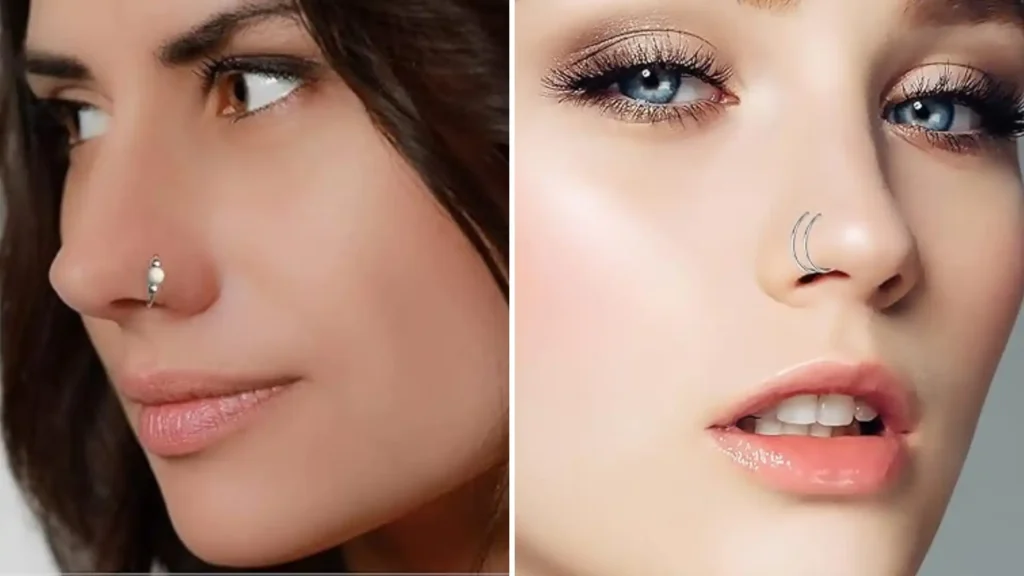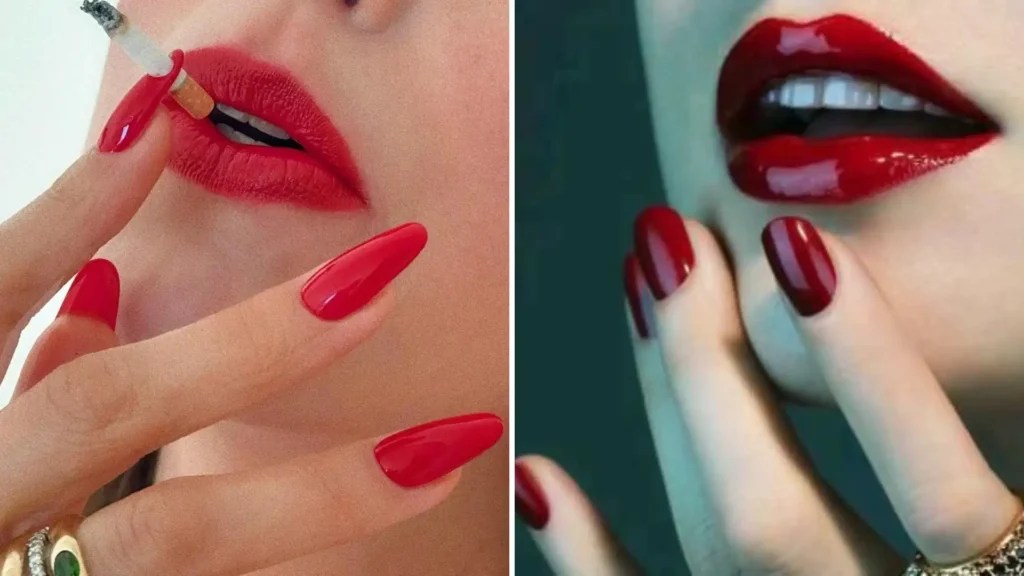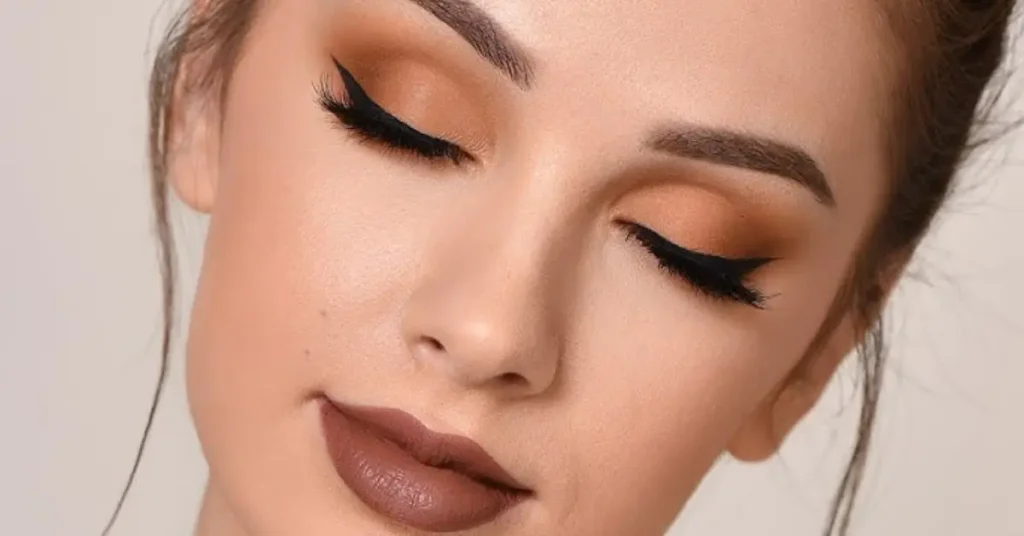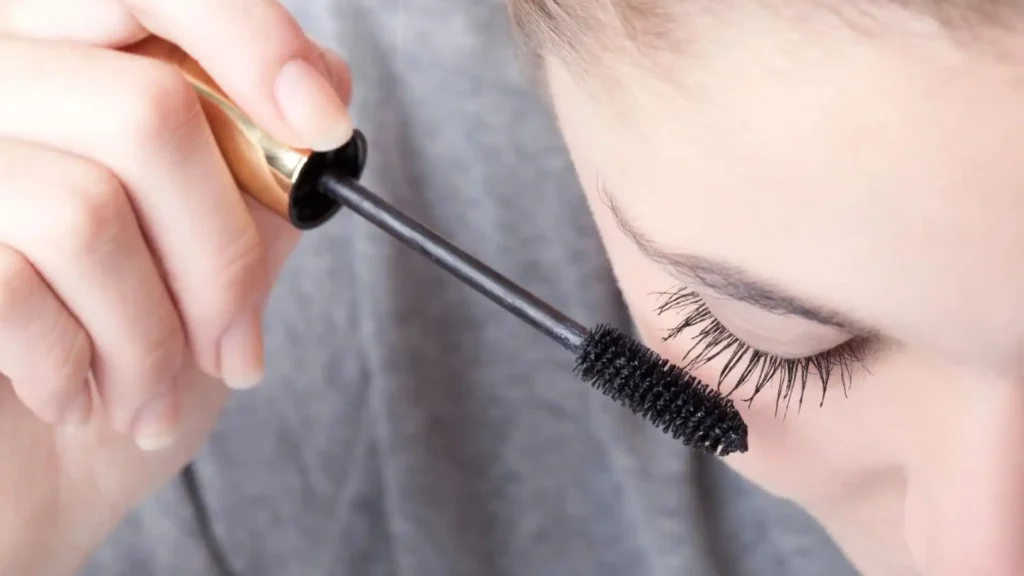So, you’ve taken the plunge and gotten a septum piercing—congratulations! This bold and stylish piercing is a popular choice for those looking to make a statement. But as with any piercing, it’s crucial to know how to care for it properly, especially during the healing process and beyond. Whether you’re new to piercings or a seasoned pro, keeping your septum piercing clean and healthy is key to avoiding infections and ensuring it heals beautifully.
In this article, we’ll dive into the nitty-gritty of cleaning your septum piercing. We’ll cover the essentials, including step-by-step instructions, common mistakes to avoid, and how to keep your piercing in tip-top shape long after it’s healed. Ready to become a septum-piercing care expert? Let’s get started!
The Healing Process: What to Expect and How to Handle It
Understanding the Healing Timeline
Healing a septum piercing is a journey that requires patience and care. Typically, the healing process can take anywhere from 6 to 8 weeks, but for some, it may extend to 6 months or even a year. It’s important to understand that each person’s body is different, so your healing timeline might vary.
- Week 1-2: The initial swelling and tenderness are normal. You might feel a bit uncomfortable, but this is just your body adjusting to the new piercing.
- Week 3-6: The swelling should start to go down, and the piercing might begin to feel less sensitive. However, this doesn’t mean you’re out of the woods yet! The piercing is still healing internally.
- Week 7 and Beyond: Your septum piercing should feel much better by now. While the outside may appear healed, the inside still needs time to fully recover.
Common Healing Issues and How to Avoid Them
Even with the best care, healing issues can arise. Being aware of these potential problems can help you address them before they become serious.
- Infections: These are usually caused by bacteria entering the piercing site. Symptoms include redness, swelling, and pus. If you notice these signs, don’t panic! Continue cleaning your piercing and consider seeking medical advice.
- Piercing Bumps: Small bumps can develop around the piercing, often due to irritation or infection. Regular cleaning and avoiding unnecessary touching can help prevent these.
- Rejection: Although rare, some piercings can be rejected by the body. If you notice the piercing migrating or the skin around it thinning, consult with your piercer immediately.
How To Clean Your Septum Piercing: Step-by-Step Instructions
The Essential Tools You’ll Need
Before you start cleaning your septum piercing, make sure you’ve got the right tools on hand. This ensures you can clean it effectively without causing irritation or damage.
- Saline Solution: The go-to solution for cleaning piercings. You can buy it at the store or make your own by dissolving 1/4 teaspoon of non-iodized sea salt in 8 ounces of warm distilled water.
- Cotton Balls/Q-tips: These are great for applying the saline solution to your piercing.
- Antibacterial Soap (Optional): Some piercers recommend using mild, fragrance-free antibacterial soap during the cleaning process.
- Paper Towels: Avoid using regular towels as they can harbor bacteria. Stick to disposable paper towels for drying.
Step-By-Step Cleaning Process
Cleaning your septum piercing is straightforward, but consistency is key. Follow these steps to keep your piercing clean and free from infection:
- Wash Your Hands: Before touching your piercing, always wash your hands thoroughly with antibacterial soap. This prevents transferring bacteria from your hands to the piercing site.
- Prepare the Saline Solution: If you’re making your own, ensure the salt is fully dissolved in warm distilled water. The warmth helps to soothe the piercing while cleaning it.
- Soak a Cotton Ball/Q-tip: Dip it in the saline solution and gently apply it to the piercing. Make sure to clean both the outside and inside of the nostrils where the piercing passes through.
- Gently Rotate the Jewelry (Optional): Some piercers advise against rotating the jewelry, but if yours suggests it, do so very gently to allow the solution to reach the piercing hole.
- Rinse with Warm Water: After cleaning, rinse the area with warm water to remove any residue from the saline solution.
- Dry with a Paper Towel: Pat the area dry with a paper towel. Avoid twisting the jewelry too much, as this can irritate the piercing.
Tips for Maintaining Cleanliness After Healing
Once your septum piercing has healed, you might think you can relax on the cleaning front. Not so fast! Keeping your piercing clean even after it’s healed is crucial to avoid infections and maintain its appearance.
- Continue Regular Cleaning: While you won’t need to clean as often as during the healing process, it’s a good idea to clean your piercing at least once a week.
- Avoid Harsh Chemicals: Steer clear of harsh cleaning agents, which can irritate the skin. Stick to saline solution or mild antibacterial soap.
- Be Mindful of Activities: If you’re swimming in chlorinated water or working in a dusty environment, clean your piercing afterward to remove any potential irritants.
Beyond Healing: Long-Term Care for Your Septum Piercing
Changing Your Jewelry Safely
One of the best parts about having a septum piercing is the ability to switch up your jewelry once it’s fully healed. However, changing your jewelry requires some caution to avoid damaging the piercing.
- Wait Until It’s Fully Healed: This can’t be stressed enough! Changing your jewelry too soon can lead to complications, including infection or irritation.
- Use Clean Hands and Tools: Always wash your hands before changing your jewelry. Sterilize the new jewelry in boiling water for a few minutes to ensure it’s clean.
- Be Gentle: If the jewelry feels stuck or difficult to remove, don’t force it. Seek help from a professional piercer to avoid damaging your septum.
Signs of Trouble: When to See a Professional
Even after your piercing has healed, you should remain vigilant for any signs of trouble. Septum piercings can sometimes develop issues long after the initial healing period.
- Persistent Pain or Swelling: If you experience ongoing pain or swelling, it could be a sign of infection or another issue that needs professional attention.
- Unusual Discharge: A clear or slightly yellow discharge is normal, but anything green, brown, or with a foul smell could indicate an infection.
- Jewelry Doesn’t Fit Right: If your jewelry feels too tight or too loose, it might be time to see your piercer for an adjustment.
Frequently Asked Questions (FAQs)
1. How often should I clean my septum piercing during the healing process?
You should clean your septum piercing 2-3 times a day during the initial healing phase. Once it starts to heal, you can reduce this to once a day.
2. Can I use alcohol or hydrogen peroxide to clean my septum piercing?
No, alcohol and hydrogen peroxide are too harsh and can damage the tissue, leading to prolonged healing times. Stick to saline solution or mild antibacterial soap.
3. How long does it take for a septum piercing to fully heal?
While the outside of your septum piercing may look healed within 6-8 weeks, it can take up to 6 months or longer for the inside to fully heal.
4. What should I do if my septum piercing gets infected?
If you suspect an infection, continue cleaning the piercing with saline solution and consult with a professional piercer or healthcare provider as soon as possible.
5. Is it normal for a septum piercing to smell?
Yes, it’s normal for a septum piercing to have a slight odor, especially during the healing process. This is caused by the buildup of dead skin cells and oils. Regular cleaning should minimize any smell.
Conclusion
Taking care of your septum piercing doesn’t have to be a daunting task. With the right tools, consistent cleaning, and a bit of patience, you can ensure your piercing heals well and remains a stylish part of your look for years to come. Remember, the healing process is different for everyone, so listen to your body and don’t rush it. If you ever have concerns or notice anything unusual, don’t hesitate to seek professional advice.
By following the tips and guidelines outlined in this article, you’ll be well on your way to maintaining a healthy and beautiful septum piercing. Whether you’re a first-timer or a piercing aficionado, these steps will help you keep your piercing clean during the healing process and beyond.
Key Takeaway: Consistent and gentle care is the key to ensuring your septum piercing heals properly and remains trouble-free. Don’t rush the process, be mindful of potential issues, and always prioritize cleanliness to keep your piercing looking its best.
Discover more trends:
- weighted blanket Work? Uncover the Benefits for Anxiety and Better Sleep
- lesbian sex: How Do Lesbians Have Sex? 28 Essential Tips for Your First-Time Experience
- Mullein Tea: Benefits, Side Effects, and How to Brew This Traditional Herbal Tea
- Sex Addiction: Causes, Symptoms, and Treatment Options
- Watch Out For The Early Signs Of Rheumatoid Arthritis
- Follow us on Facebook
- Follow us on Pinterest





